Jeonju Hanok Village in 1~2 Hours
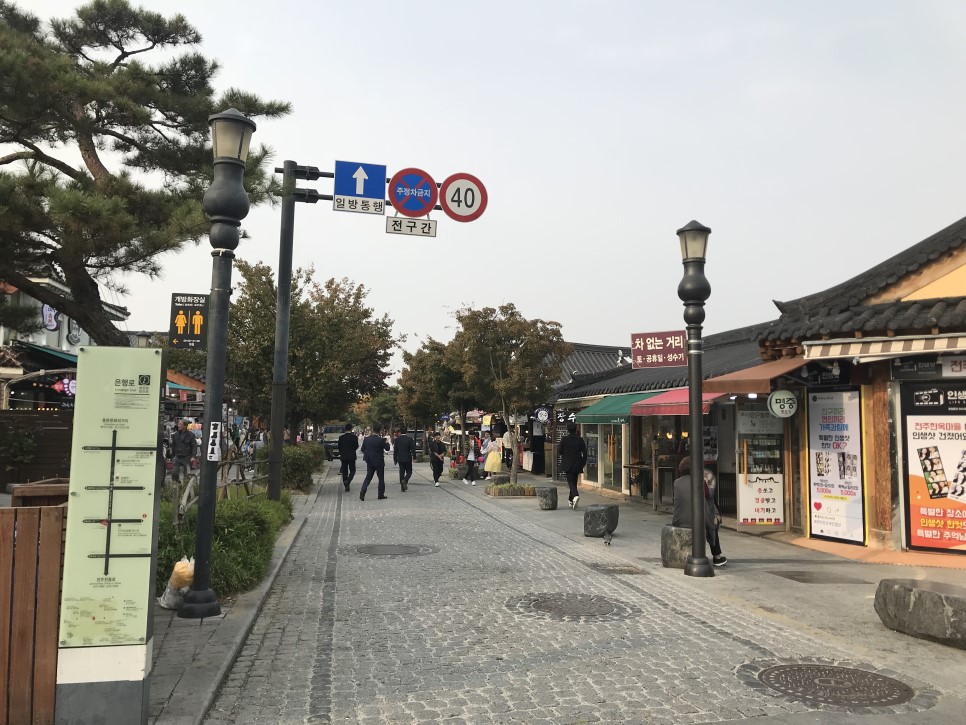
If you have only a few hours to spend in Jeonju Hanok Village, what should you do? Today, I’ll introduce the walking route that covers most of the key attractions in the Hanok Village. This route will take only an hour if you walk fast, and about two hours if you walk slowly.
Jeondong Cathedral
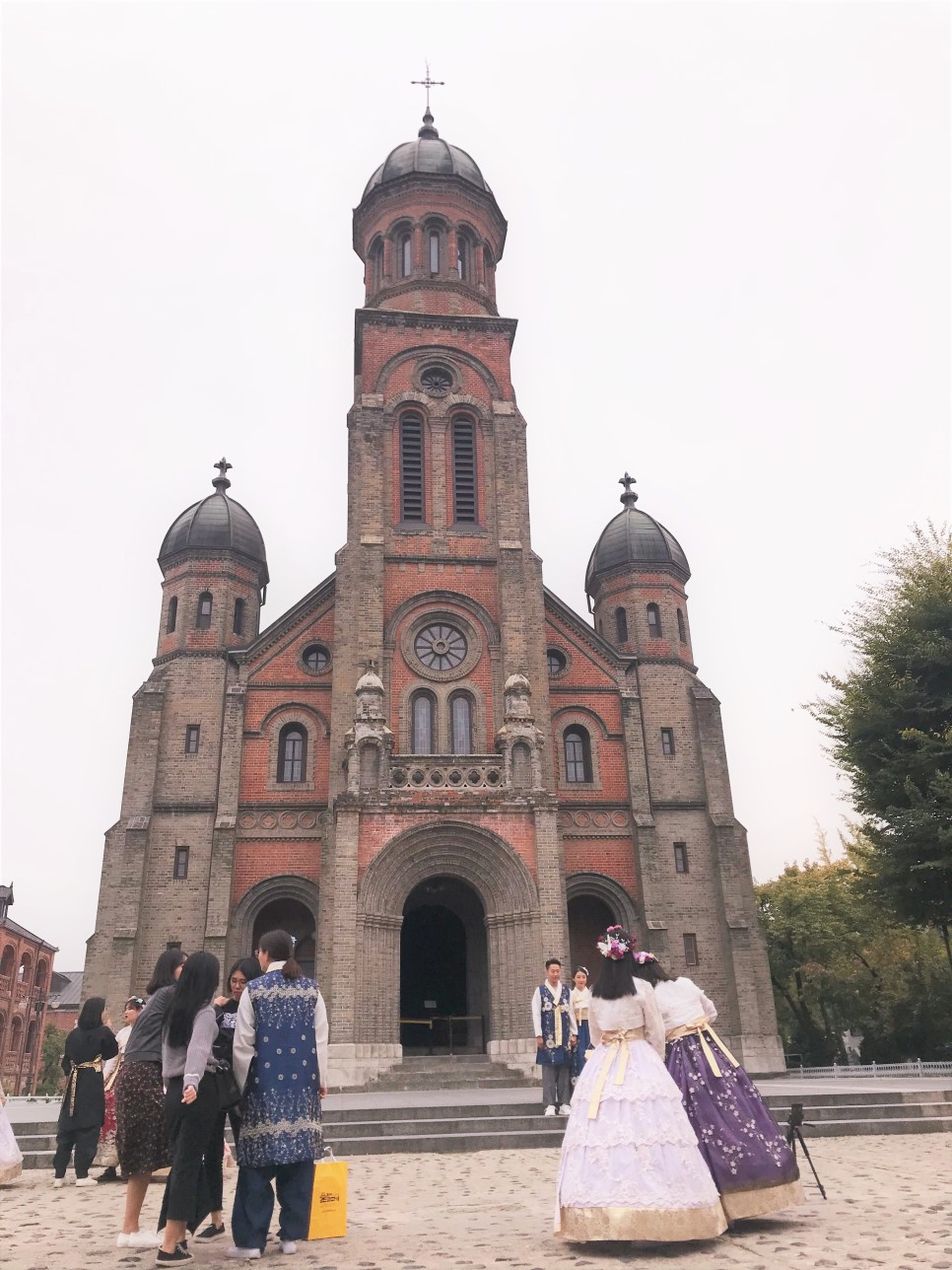
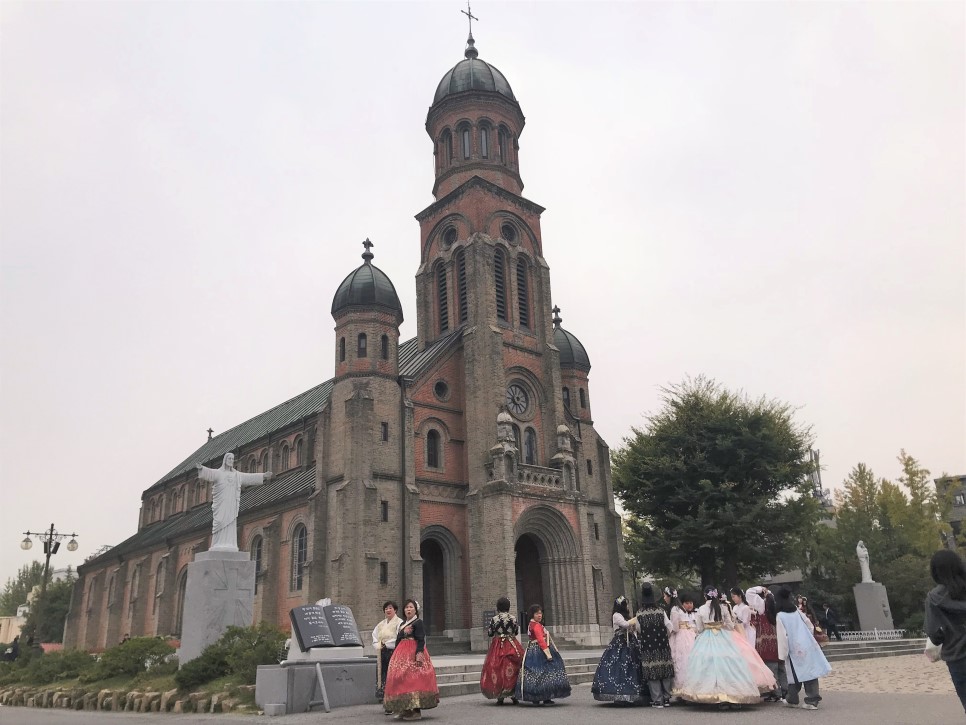
It’s impossible to miss Jeondong Cathedral, which stands at the entrance of the Hanok Village. Built in 1914, the cathedral stands over the historic ground of Christian martyrdom. The Byzantine-Romanesque cathedral is considered one of the most beautiful Catholic cathedrals in Korea. I recommend taking photos in front of the elegant grey-red bricked walls.
Gyeonggijeon Palace
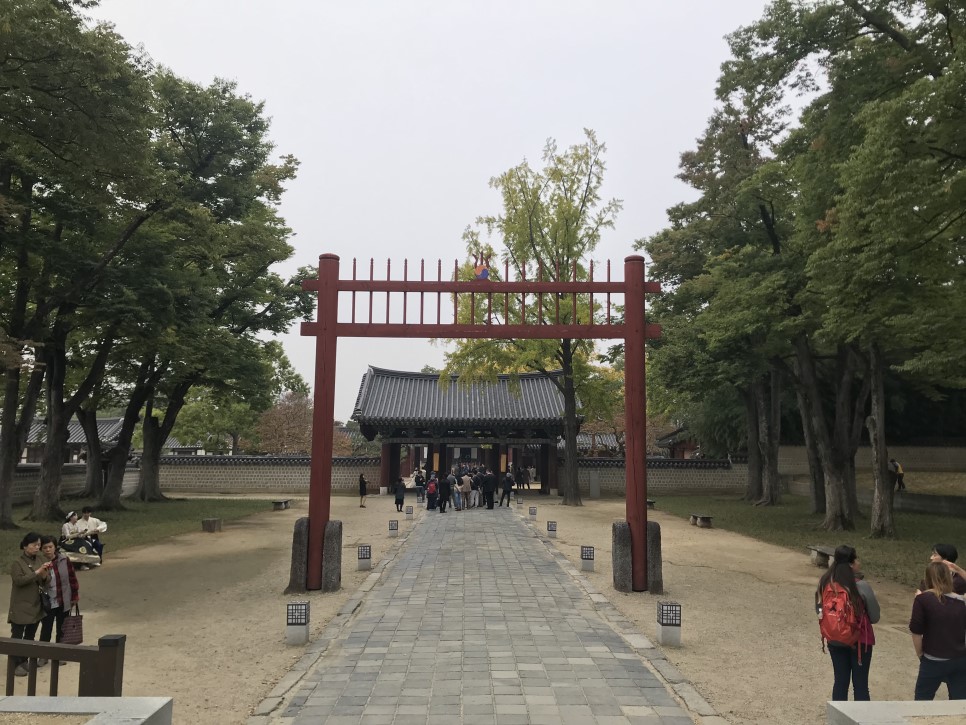

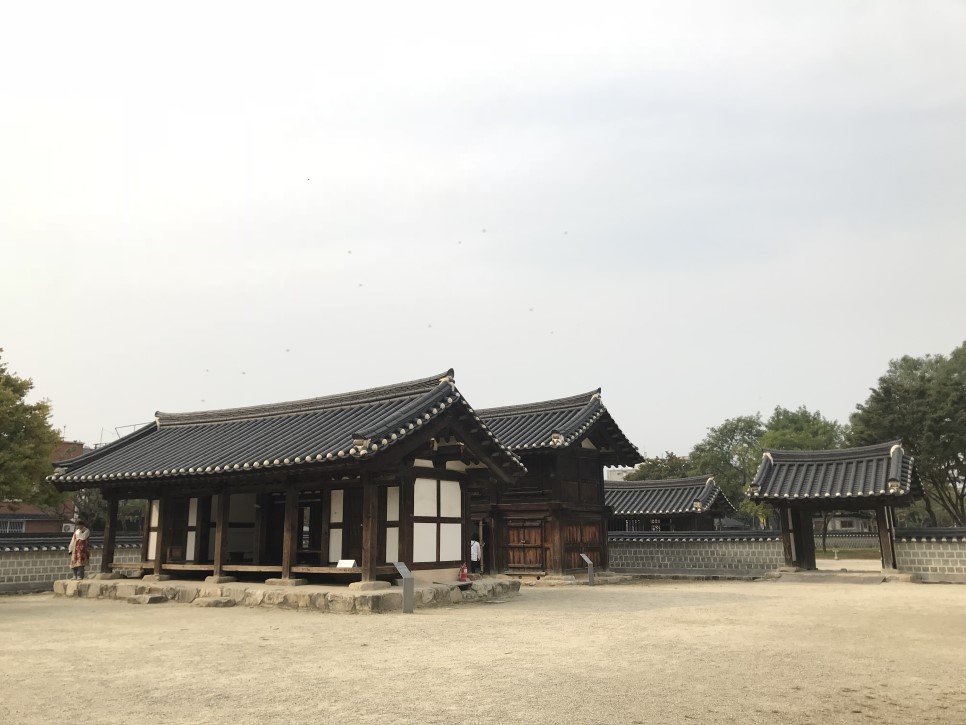
Across Jeondong Cathedral is Gyeonggijeon Palace. The main building of the palace is dedicated to the royal portrait of Taejo Yi Sunggye, the founder of Joseon Dynasty (1392-1910). Also within the palace is Royal Portrait Museum and Jeonju Sago (archive that hosts the Annals of Joseon Dynasty). If you hired hanbok (Korean traditional costume), this is the best place to take great photos in front of the old building, the stone walls, or the bamboo forest!
Gyodong Museum of Art
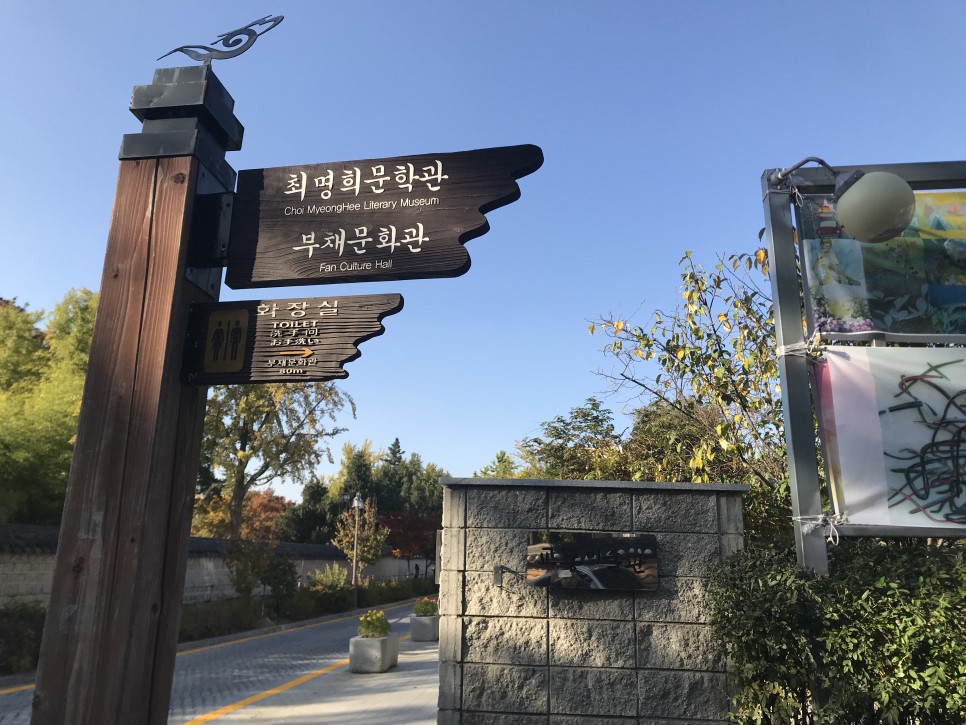
Walk along the alleyway on the right side of Gyeonggijeon Palace, you’ll come across Gyodong Museum of Art. The museum is located in the old underwear factory.

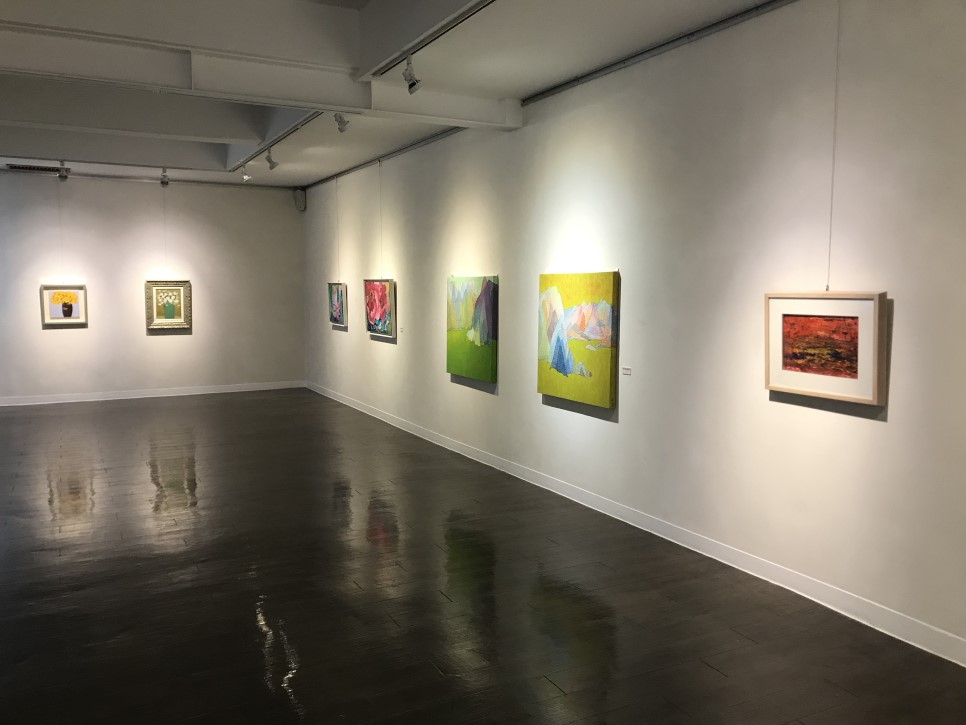
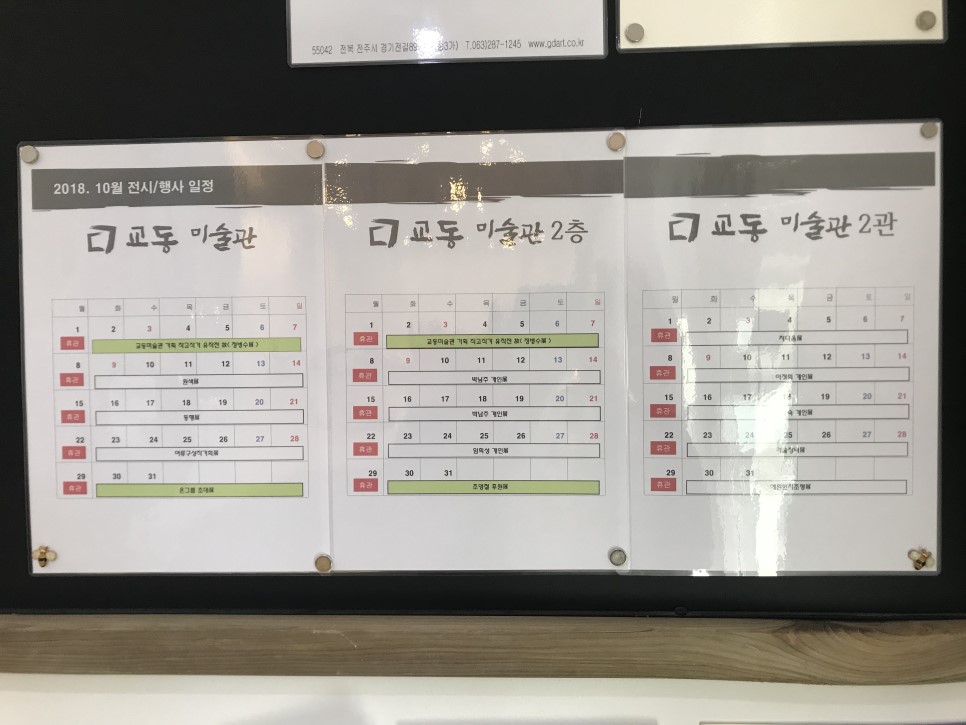
The museum has been the center of the local art scene. The exhibition at the museum changes every week. The museum has two exhibition halls. If you’re looking for an art shop, look for the second hall, Gyodong Art Center.
Choi Myeong Hee Literary Museum
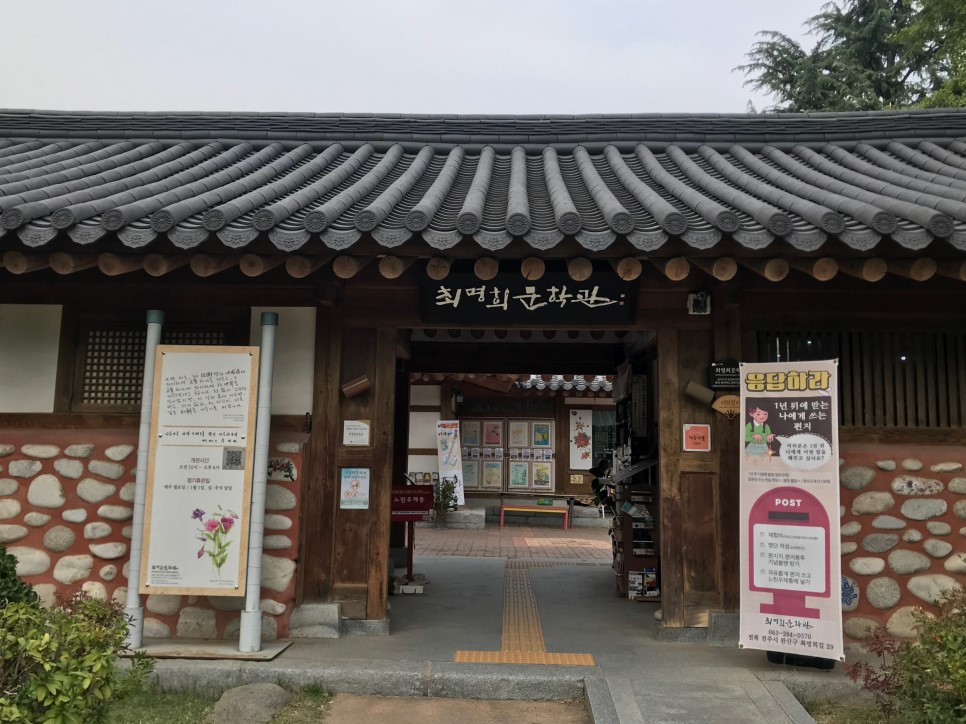
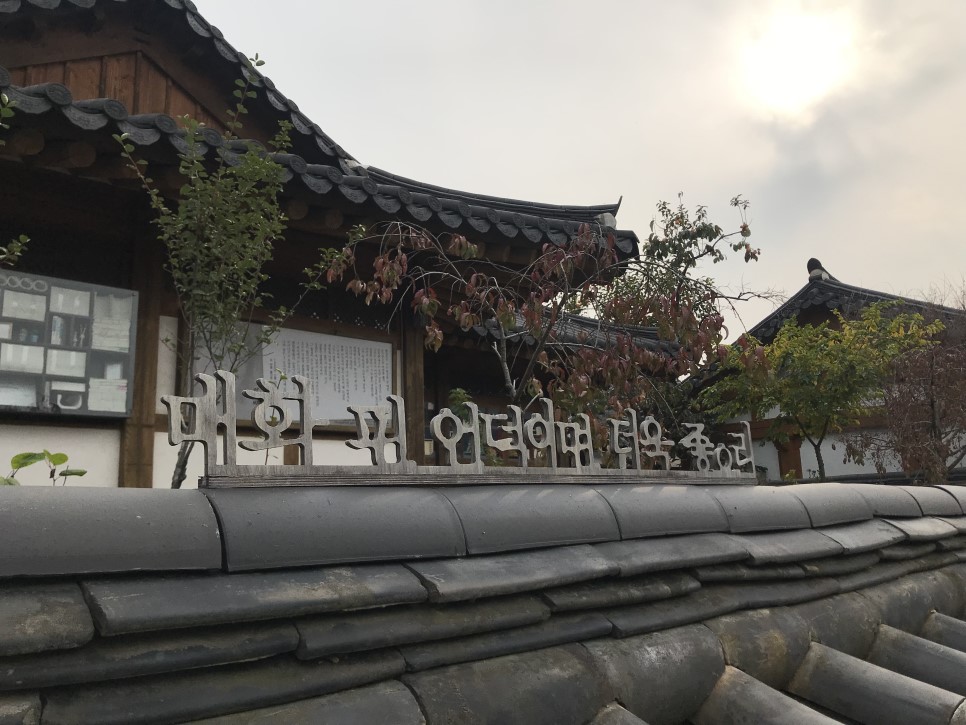
Choi Myeong Hee Literary Museum is dedicated to life and literatures of Choi Myeong Hee (1947-1998), the author of the famous novel “Honbul.” “Honbul” is an epic novel on three generations of women from the Namwon Lee clan who lived under the Japanese colonial rule in the 1930s. Jeonju Hanok Village is where the author was born and lived throughout her life.
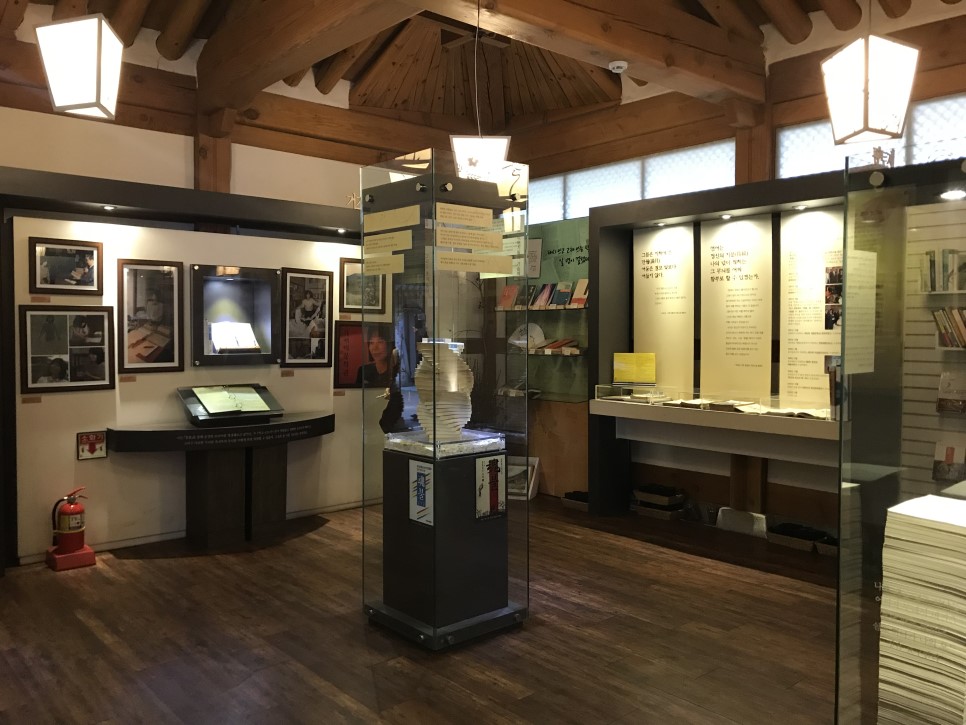

In the literary museum, you may participate in the handwriting program or write for the slow mailbox.
Fan Museum
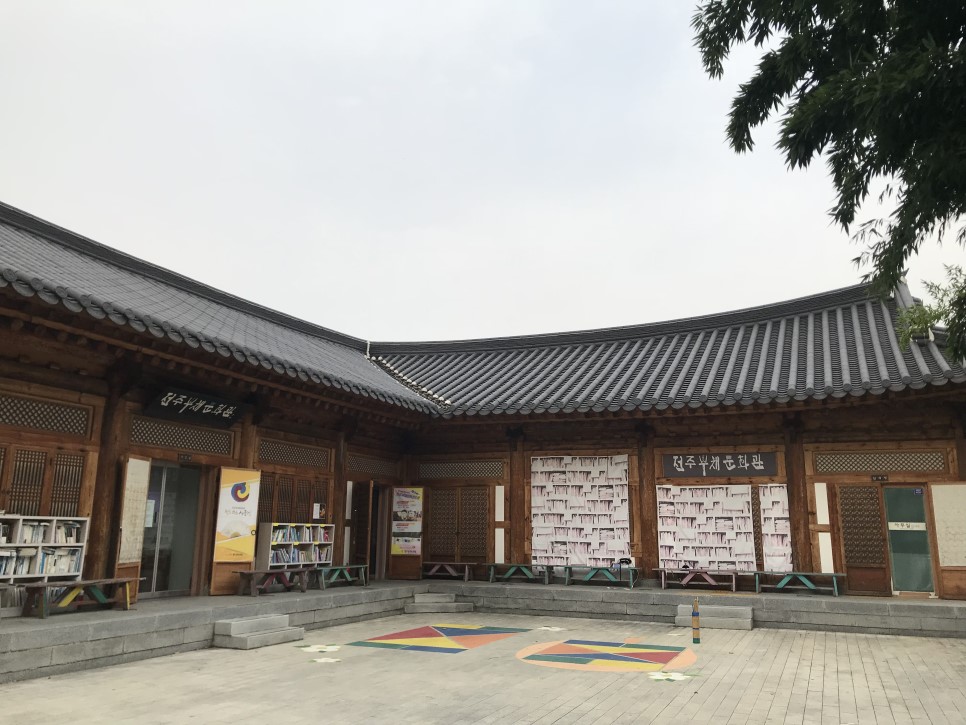

Next to Choi Myeong Hee Literary Museum is Jeonju Fan Museum. Jeonju has been famous for producing quality fans. The museum holds both permanent and temporary exhibitions on the culture, history, and artistic spirits of fans and the artisans who dedicated their lives to fan-making.
In the Fan Museum, you may also participate in the fan-making program.
Chronicle of Jeonju Hanok Village
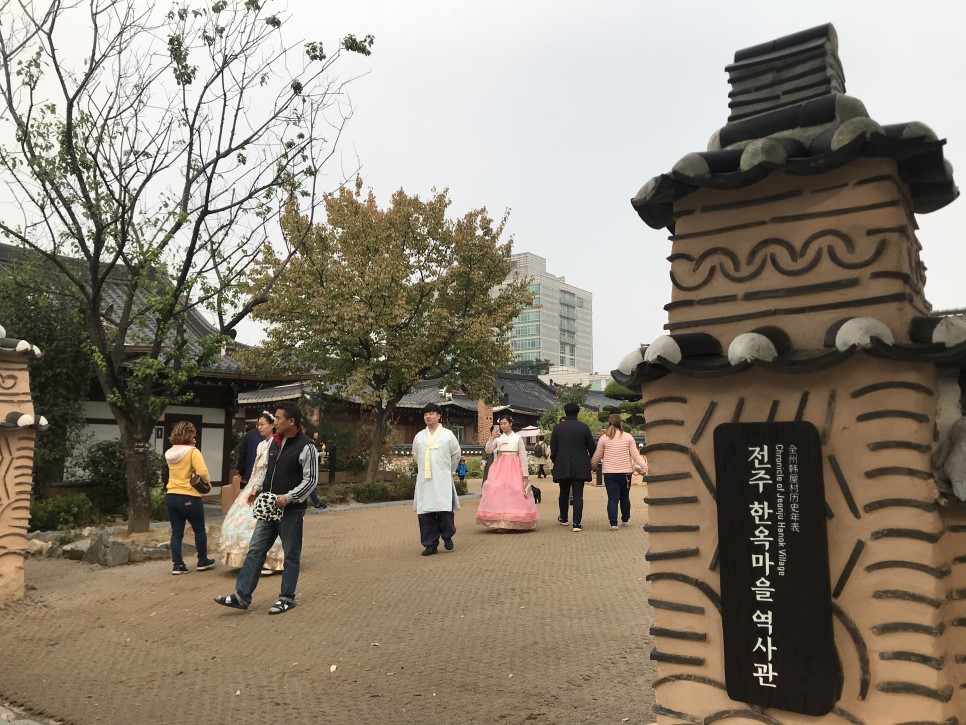

As its name signifies, Chronicle of Jeonju Hanok Village introduces the history and culture of the Hanok Village. This place holds the permanent exhibition on the creation and transformation of the Hanok Village and the temporary exhibition on the area. It’s very interesting to find out how the things have changed in the area.
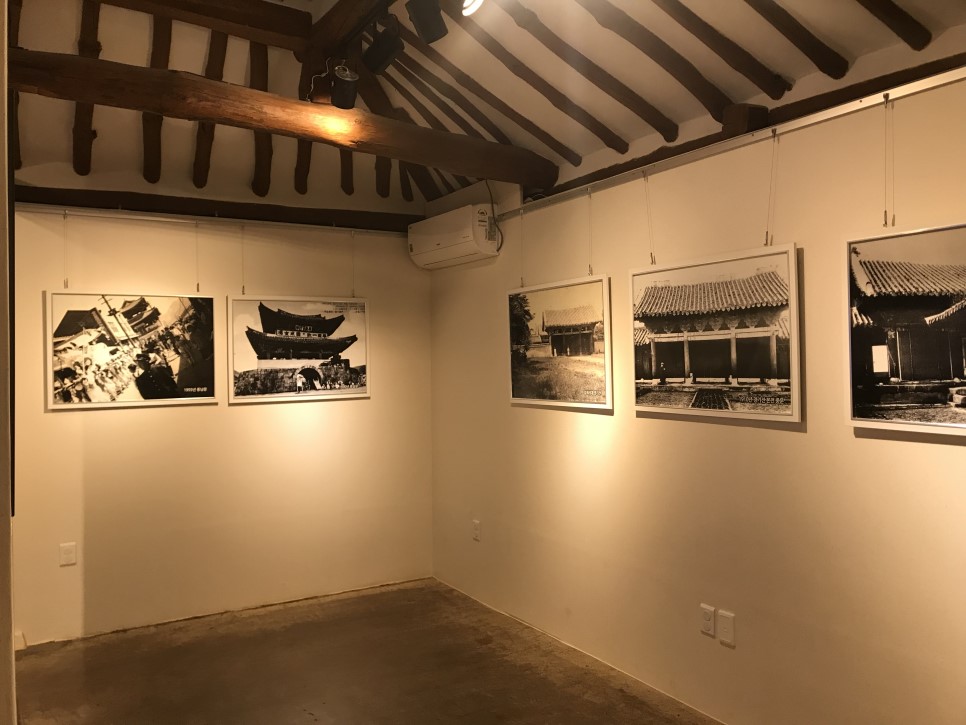
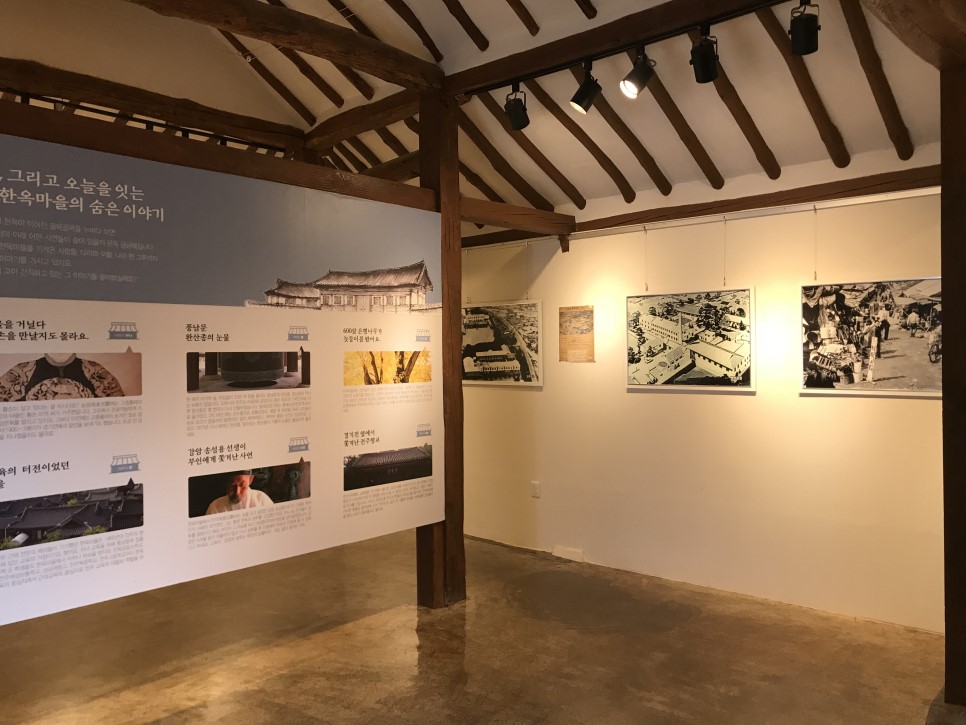
Taejoro Shimteo (rest area)
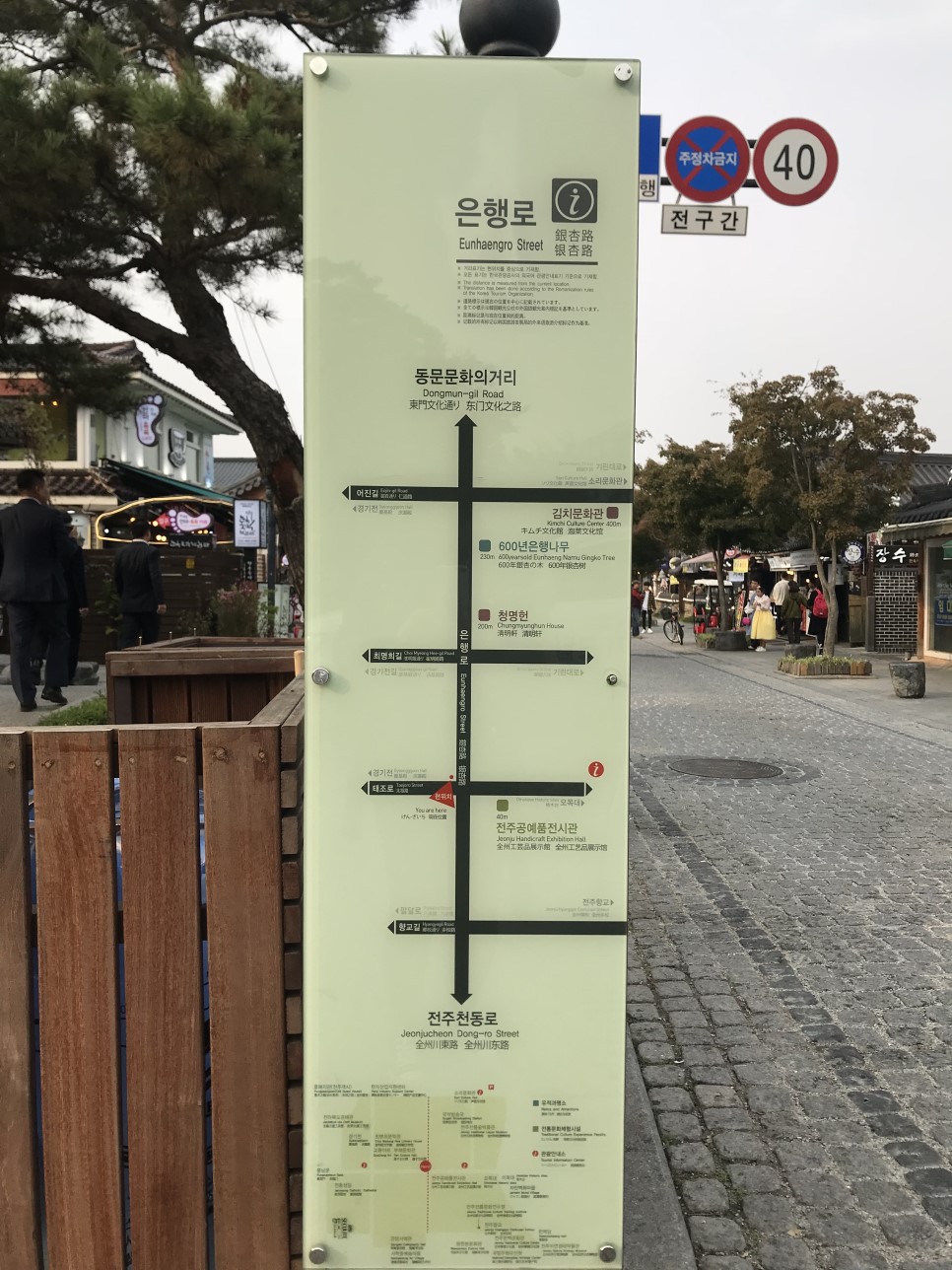

Taejoro Shimteo (rest area) is in the midway from Chronicle of Jeonju Hanok Village to Omokdae Pavilion. Taejoro, separating Jeondong Cathedral and Gyeonggijeon Palace, is the main street of the Hanok Village. Walk along Taejoro, past Eunhaengro guidepost (on the photo), you’ll come across Taejoro Shimteo.

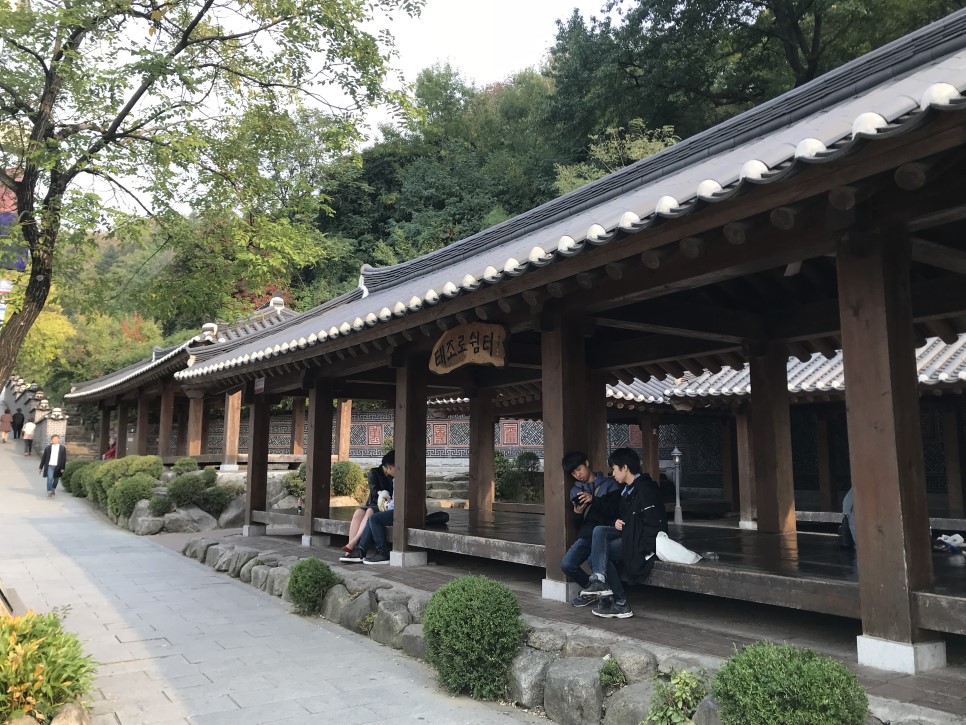
On the entrance of the uphill road is Taejoro Shimteo. I recommend taking rest here for a while before starting for Omokdae Pavilion.
Omokdae Pavilion

Omokdae Pavilion is built by the famous King Taejo, the ‘protagonist’ of Gyeonggijeon Palace’s royal portrait. The pavilion is famous for its view over the Hanok Village. You can have the whole village, with its magnificent wave of black tile roofs, under your feet. Enjoy the view, the autumn breeze, and the sun, and don’t’ forget to take photos here.

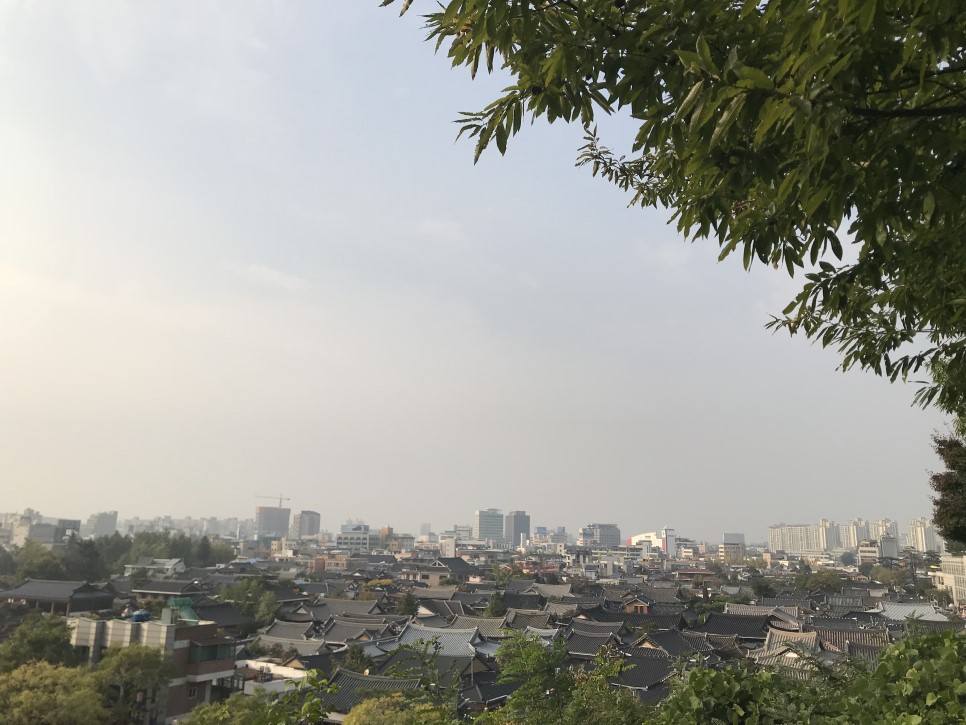
Omokdae Pavilion is the end of the 1~2 hour walking route in the Hanok Village. If you don’t have much time in Jeonju, I strongly recommend taking this route that covers most of the major attractions in the Hanok Village.


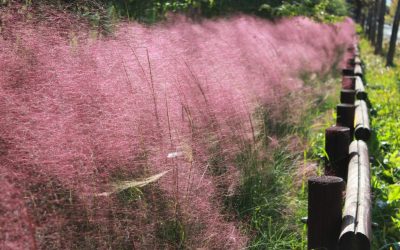
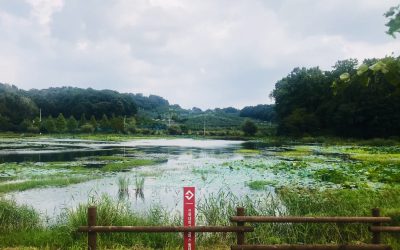
6 Comments